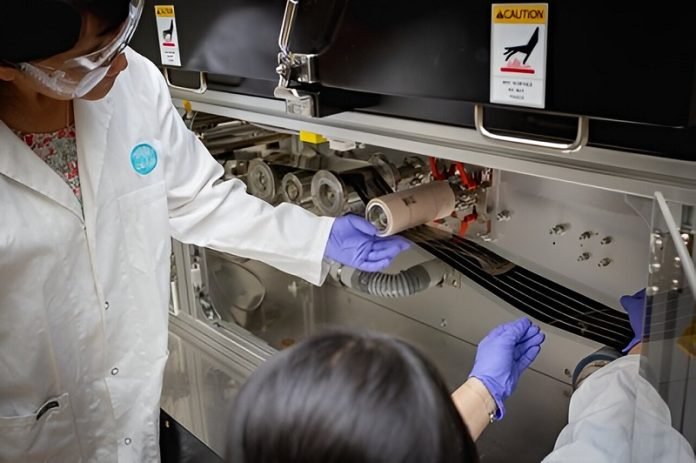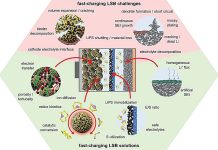
Australian scientists have made a giant leap forward in the world of renewable energy.
Led by the CSIRO, Australia’s national science agency, a team of international researchers has achieved a new record in efficiency for solar cells that can be printed on rolls of thin plastic film.
This exciting development means solar power can now be used in more places and in ways we’ve never imagined before.
Unlike traditional silicon solar panels, which are heavy and rigid, these new solar cells are light, flexible, and can be rolled up.
This makes them perfect for use in a wide range of settings, from city buildings and remote mining sites to emergency situations, and even in space or for personal gadgets.
Dr. Anthony Chesman from CSIRO explained that reaching this milestone was possible thanks to over ten years of hard work.
The team managed to solve complex engineering challenges, allowing them to produce solar cells on a large scale with record-breaking efficiency.
One of the coolest things about this technology is how it’s made. Using a process similar to printing a newspaper, the solar cells are printed onto long rolls of plastic. This method is not only fast but also more cost-effective, making it easier for manufacturers to produce them on a large scale.
The project saw collaboration from top universities, including the University of Cambridge and Monash University, and the findings were shared in the reputable journal Nature Communications.
Dr. Doojin Vak, a principal researcher at CSIRO, mentioned an automated system was crucial for testing thousands of solar cells daily, speeding up their research immensely.
This system also opens doors for using machine learning to enhance future studies.
These printed solar cells use a new kind of material known as perovskite, different from the silicon used in most solar panels today.
Perovskites are special because they can be turned into inks and printed, which lowers production costs significantly, especially since they don’t require expensive metals like gold.
While these perovskite solar cells aren’t quite as efficient or long-lasting as traditional silicon ones when made in large quantities, their flexibility and lightness offer unique advantages. They’re so versatile that CSIRO even sent them to space to test how well they work outside of Earth!
With an eye on the future, CSIRO is looking for partners in the industry to help bring these rollable solar cells to the market, promising a new, flexible way to harness the power of the sun anywhere and anytime.



